Global warming has reached extremely dangerous levels, prompting scientists and environmentalists to advocate for sustainability.
More people are becoming aware of the actions we must take to ensure our survival, the most important of which is environmental conservation.
Every sector must embrace environmentally friendly solutions to everyday problems to advance the green agenda. Investing in biodegradable packaging solutions is the first step in the right direction.
Packaging materials have become the most significant contributor to environmental degradation due to improper disposal and manufacturing of hazardous packaging materials.
This post will provide a comprehensive guide to biodegradable packaging and how to incorporate it into your business. Read on to discover how to join the green movement while propelling your business to greater heights.
What Is Biodegradable Packaging?
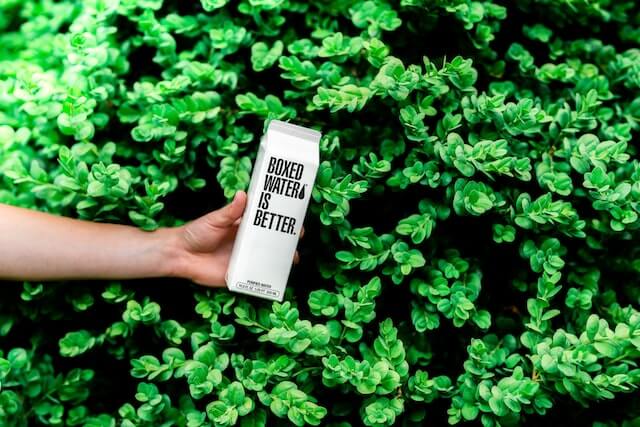
Simply put, biodegradable material is any material that can naturally degrade and decompose with little to no environmental impact. These materials are typically composed of biopolymers, which are compounds found in living organisms.
Proteins and cellulose are examples of biopolymers; they disintegrate easily because they are safe for microorganisms to consume. Packaging solutions made from biodegradable materials are known as biodegradable packaging.
Because packaging bags are one of the most significant contributors to environmental waste, making them from sustainable materials is your best bet for promoting conservation.
How Is Biodegradable Packaging Made?
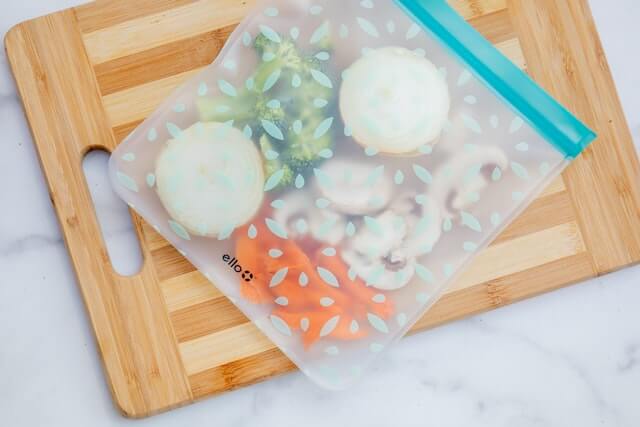
Biodegradable packaging is made from a variety of renewable materials, the majority of which are derived from plants. Wood, which also translates to paper, and bioplastics are the most popular raw materials for these packages.
Bioplastics are plastics derived from plant materials such as corn, cellulose, sugarcane, and hemp. The industrial process of producing these packages is also environmentally friendly because it uses little energy and emits few emissions.
Many manufacturers are currently focusing on making these packages unique and appealing to current trends. Sustainable does not have to be dull. Retailers are increasingly looking for packages that are more than just green.
It will make it easier to sell your product to your customers.
How to Identify if a Package Is Biodegradable
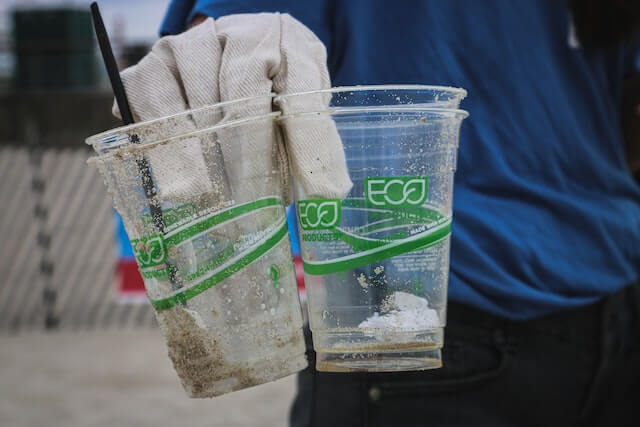
Examining the certification is the simplest way to determine which packaging materials are biodegradable. Biodegradable packaging bears the ‘compostable’ label. It means you can safely dispose of the packaging without harming the environment.
In fact, these packaging materials degrade within months to a year and leave nutrients in the soil. However, when looking for these packages, be wary of the supplier you work with. Some suppliers will advertise their products as biodegradable, but in reality, only a small percentage of biodegradable materials have been used.
As a retailer, you need your customers to trust you; therefore, before committing to any manufacturer, research and ensure you get the product you want.
You can check their certifications with organizations like the BPI (Biodegradable Product Institute), the CMA (Compost Manufacturing Alliance), and others. These are independent organizations that evaluate and rate products’ biodegradability.
Types of Biodegradable Packaging
With the majority of the world now concerned about sustainability, manufacturers have found various ways to stay relevant by producing eco-friendly goods.
When it comes to packaging, new ideas emerge daily to meet the rapidly increasing demand. The following are some of the raw materials used to create these packaging solutions:
Paper
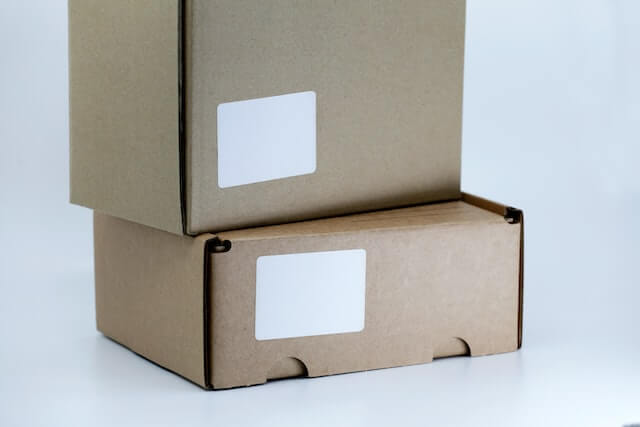
As we all know, paper is one of the most widely used materials on the planet. It is also the most commonly used biodegradable raw material in packaging. Paper degrades quickly and easily when discarded, and it is also recyclable.
Examples of paper packaging include;
- Corrugated Boxes – they can package most products, but are usually used for heavier ones. Food, beverages, appliances, and many more are examples of products packed in corrugated boxes.
- Paper Bags/Sacks – paper bags is popularly applicable in carrying groceries. Paper sacks can package cement, flour, etc.
- PaperBoard – sometimes referred to as boxboard. They generally package snacks, cereals, and other lightweight products.
Advantages
- High Biodegradability Rate – paper disintegrates more easily than other packaging materials. Whether you dispose of it in a home compost or industrial, you are guaranteed complete decomposition at a high rate.
- Bio-Based Material – paper is made from wood and is composed of mainly fiber. Since wood is natural, it breaks down into useful environmental components.
- Reusable and Recyclable – yes, you can repurpose paper packaging and use it in other ways. Also, paper can be recycled into other products without the use of chemicals.
- Flexibility – as a business, you need every versatile solution you can get. You can shape paper in various ways, hence attracting customers to your products. Additionally, most consumers associate paper packages with high-quality goods.
- Customizable – as a brand, you want your logo to be seen. What better way than to print it on the packages? Your customers will spot your products easily and prospects will be lured.
Disadvantages
- Poor Seal – paper does not offer the best seal for packaging goods, especially when dealing with certain kinds of food. You can only package for a shorter shelf-life.
- Easily Disposed of – paper packages are disposed of more than other packaging materials leading to high environmental waste.
Furthermore, paper only decomposes in aerobic conditions, meaning any condition that does not offer oxygen will not decompose well.
Cellulose

Being a derivative of plants, cellulose guarantees complete disintegration and enrichment of soil with nutrients. Cellulose is used to produce cellophane, a bioplastic that has been used for years.
Advantages
- Eco-Friendly – just like the other materials mentioned, cellulose (cellophane) is a sustainable packaging solution.
- Compostable – you can dispose of it in a home compost without any detrimental effects.
- Sealability – cellophane is heat sealable, meaning it is a proper packaging solution for many products including food.
- Resistant to Moisture & Oil – cellophane is resistant to moisture and oil, which makes it a good packaging material. Although it is not fully resistant to moisture.
- Cost-Effective – cellulose bio-plastic is cheaper compared to other bioplastics.
Disadvantages
- Durability – you can only use it for short-term packaging since it does not provide enough protection for a longer shelf-life.
- Product Interference – it discolors easily, affecting the condition of the products.
Polylactic Acid
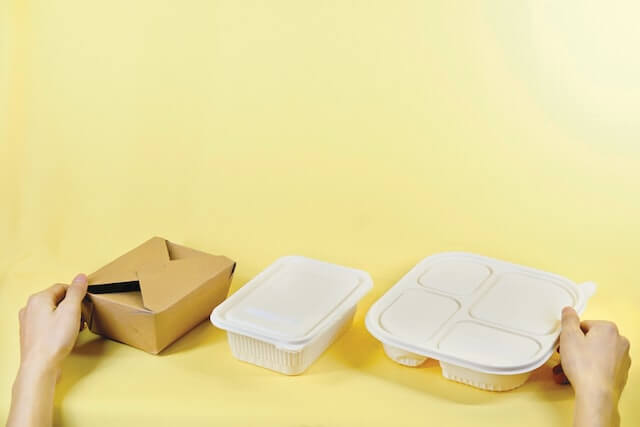
PLA is a plant-based starch-based plastic derived from corn and sugarcane. PLA, as opposed to regular plastic, is derived from renewable raw materials, making it biodegradable.
It is the best alternative to plastic because it is more versatile than other biodegradable packaging while remaining environmentally friendly. It uses significantly less energy and emits significantly less waste during production.
Advantages
- Sustainable – PLA is a modern form of packaging that meets several uses and still being renewable.
- Allows Customization – if you are packaging your products using PLA, then rest assured you will have options for making it unique. It allows 3D printing, meaning you can print it in the best possible way to reflect your brand.
- Compostable – as mentioned earlier, it is a biodegradable plastic that can be disposed of in regular compost.
- Product Preservation – if you are using it to package food, you don’t have to worry about food contamination as it does not react with food.
Disadvantages
- Slow Compostability – even though it is biodegradable, the process takes a bit longer than other biodegradable materials.
- No Soil Enrichment – after degradation, the remaining content does not add any nutrients to the soil. Instead, it interferes with the soil’s PH, which may negatively affect crop production.
Hemp

Hemp is a biodegradable substance derived from the cannabis plant. Hemp has long been regarded as one of the raw materials that can be used to create bioplastics. It is a ground-breaking concept that will aid in environmental conservation.
Some examples of hemp bioplastics available are;
- Hemp cellulose and cellophane
- Composite hemp
- Cellulose nano-crystals
- Nano-cellulose
- Celluloid and rayon.
Advantages
- Durable – even though it has a high decomposition rate, hemp plastic is more resilient and durable than regular plastic.
- Sustainable – hemp has a short decomposition time, making it among the best packaging materials. Also, you can recycle it since it has so many other industrial uses.
- Lightweight – being lightweight makes hemp superior to other raw materials. A low mass promotes mobility and reduces the amount of energy used during transportation.
Disadvantages
- Expensive – hemp is still not readily available, making production and usage quite costly.
- Recyclability – although hemp is 100% recyclable, there are very few recycling facilities dealing with hemp bioplastics. This means that most bioplastics will not reach the factories creating environmental waste.
Benefits of Biodegradable Packaging

Switching to biodegradable packaging solutions is the way to go for businesses, especially now that most consumers are concerned about environmental efforts.
Furthermore, as a business, it demonstrates that you are not solely concerned with profits. Because it is a selling point, it gives your company an advantage in the market.
Below are some of the benefits you expect when dealing with green packaging.
Sustainability
One of the advantages of biodegradable packaging is sustainability. Biodegradable packaging can be divided into three categories: reusable, recyclable, and reducible.
After the initial use, you can reuse them for other purposes, avoiding waste accumulation. The materials can also be used as raw materials in other products.
Carbon Footprint Reduction
Renewable materials help to reduce carbon emissions. To begin with, less energy and resources are consumed during production, resulting in very few emissions compared to fossil fuels.
Furthermore, fewer resources are used to produce them, contributing to lower emissions. These production efforts help reduce human activities’ environmental impact, and in the long run, we will have a sustainable manufacturing sector.
Easy Disposal
When dealing with biodegradable packaging, it eases the pressure on disposal. Consumers have many options. They can reuse the bags, recycle them, or dispose of them in regular compost.
For home compost, you can manage the waste easily as the material will break down completely, leaving you with helpful nutrients for agricultural use.
Reduces Plastic Amount
What better benefit than reducing the amount of plastic in our environment? Plastic waste has wreaked havoc on our environment for many years.
Plastic waste can be found everywhere, from land to sea, contributing to the extinction of essential organisms in our ecosystem.
Biodegradable packaging contributes to the reduction of this threat, which in turn reduces carbon emissions and the rate of global warming.
Versatility
Using these packaging materials in your establishment will benefit your business. Because the packages are versatile, they can be used for a variety of purposes ranging from food packaging to electronics to clothing.
Furthermore, its adaptability allows for customization, which benefits any business. The materials enable your brand to create unique designs and prints that showcase your brand while also making a statement about sustainability in the market.
Challenges in Biodegradable Packaging and How Businesses Overcome Them
As much as we advocate for green packaging solutions, implementing them in businesses around the world is more complex than it sounds.
Companies have long used non-biodegradable materials because these materials have proven to be useful in a variety of ways. Companies may find it difficult to transition to their counterparts.
However, compromises must be made if future generations are to live in a safe and clean environment. The following are some of the difficulties that businesses face.
Cost

Regarding green packaging, the most important consideration is cost. Compostable packaging, unlike plastic and other non-biodegradable packaging solutions, can be quite costly to produce.
Businesses strive to reduce production as much as possible. When dealing with green packaging, they must dig a little deeper into their pockets, affecting revenue and the business as a whole.
Additionally, in order to maintain the quality of the products and packaging, they will have to raise the selling price. They may lose some customers who find the products too expensive.
Product Condition
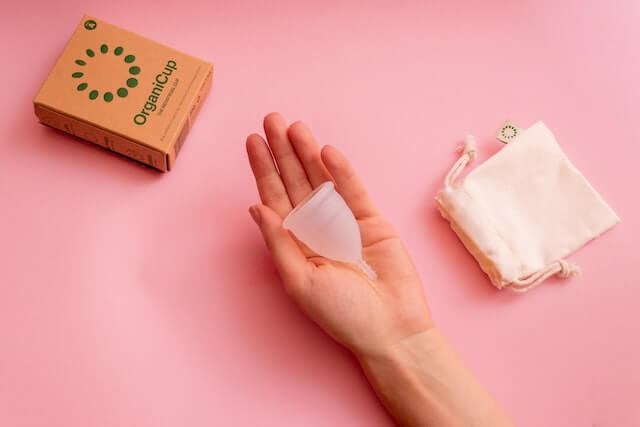
Packaging was introduced not only to appeal to consumers but also to keep products safe. Because traditional packaging protects against environmental elements that promote decay, more manufacturers will prefer it over biodegradable packaging.
Most biodegradable packaging only provides short-term protection, reducing product shelf-life. Manufacturers, sourcing agents, and retailers will all suffer significant losses.
Research and Development Cost
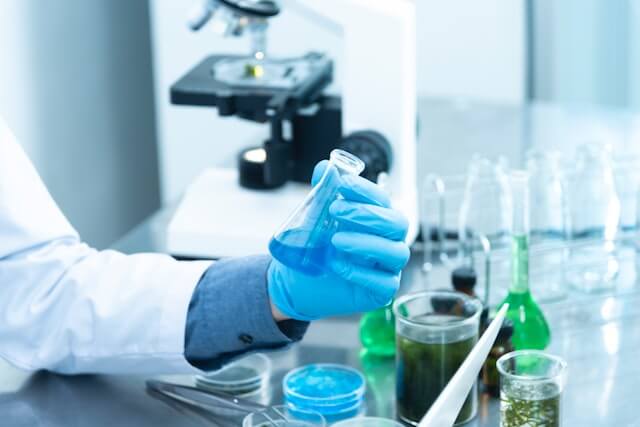
A significant amount of research is required to ensure that sustainable packages are the primary solution. To achieve the goal of 100% sustainable packaging, the government and concerned stakeholders must invest heavily in the research and development of these packages.
Currently, the packages in the market are only suitable for short-term packaging and a few select products. Everyone must spend more for it to become a reality, which is nearly impossible because some consumers are unwilling to pay more.
What to Look for When Choosing Biodegradable Packaging
Before settling on any package, there are certain things to consider that will elevate your products in the market. Depending on what suits your products, the factors to consider include the following;
- Durability – a packaging box/bag has to be durable and strong to prevent any spillage or damage to the product. Depending on the product properties, choose a packaging that will ensure product quality is maintained.
- Ease of Use – this especially applies to those in the food industry. If you are packaging food, the customer will appreciate it if the package is easy to use. It has to provide safety but is also easy to open when necessary.
- Customizability – customization is an important aspect of any enterprise. When packaging products, you want your customer to identify them easily.
Hence, when choosing your packaging material, ensure it is flexible enough to allow manipulation from design to prints.
FAQs on Biodegradable Packaging
Are There Eco-Friendly Plastic Packaging Solutions?
Bio-plastics, such as cellulose, hemp, and sugarcane, are used to make eco-friendly plastic packaging. These packaging bags provide more protection than standard biodegradable packages while remaining environmentally friendly.
Bioplastics can be composted, reused, and recycled. You can hire a reputable sourcing agent to assist you in locating the best bioplastic manufacturers.
Is There a Difference Between Compostable and Biodegradable?
Yes. Compostable materials are organic materials that decompose into environmental elements beneficial to the ecosystem. Biodegradable materials, on the other hand, are those that degrade but are not necessarily organic.
Some biodegradable materials degrade into microplastics, which are harmful to the environment.
Can We Totally Use Biodegradable Packaging for Every Product?
Currently, it is not yet possible to use biodegradable packaging for every product. The properties of these packaging limit them to only short-term use meaning some products will require traditional packaging.
However, more research is underway to make biodegradable packages long-term without necessarily increasing the carbon footprint.
It is currently not yet possible to use biodegradable packaging for all products. Some products will require traditional packaging because the properties of these materials make them only suitable for short-term use.
More research is underway to find ways to create biodegradable packaging in the long run without increasing the carbon footprint.
Conclusion
Since humans are the greatest environmental polluters, we are also the greatest environmental saviors. Consumers worldwide are becoming more aware of how important it is to protect the environment, so more people are focusing on sustainability in any way they can.
If you want your brand to remain relevant, it is your responsibility as a business owner to tap into this new market and capitalize on it. For the best green packaging solutions, we assist our clients in locating the right manufacturer who places a premium on sustainability.
We guarantee that you will receive the best that the market has to offer at a reasonable price. Let’s get started with a free quote to promote your company while remaining relevant to the majority of consumers.

